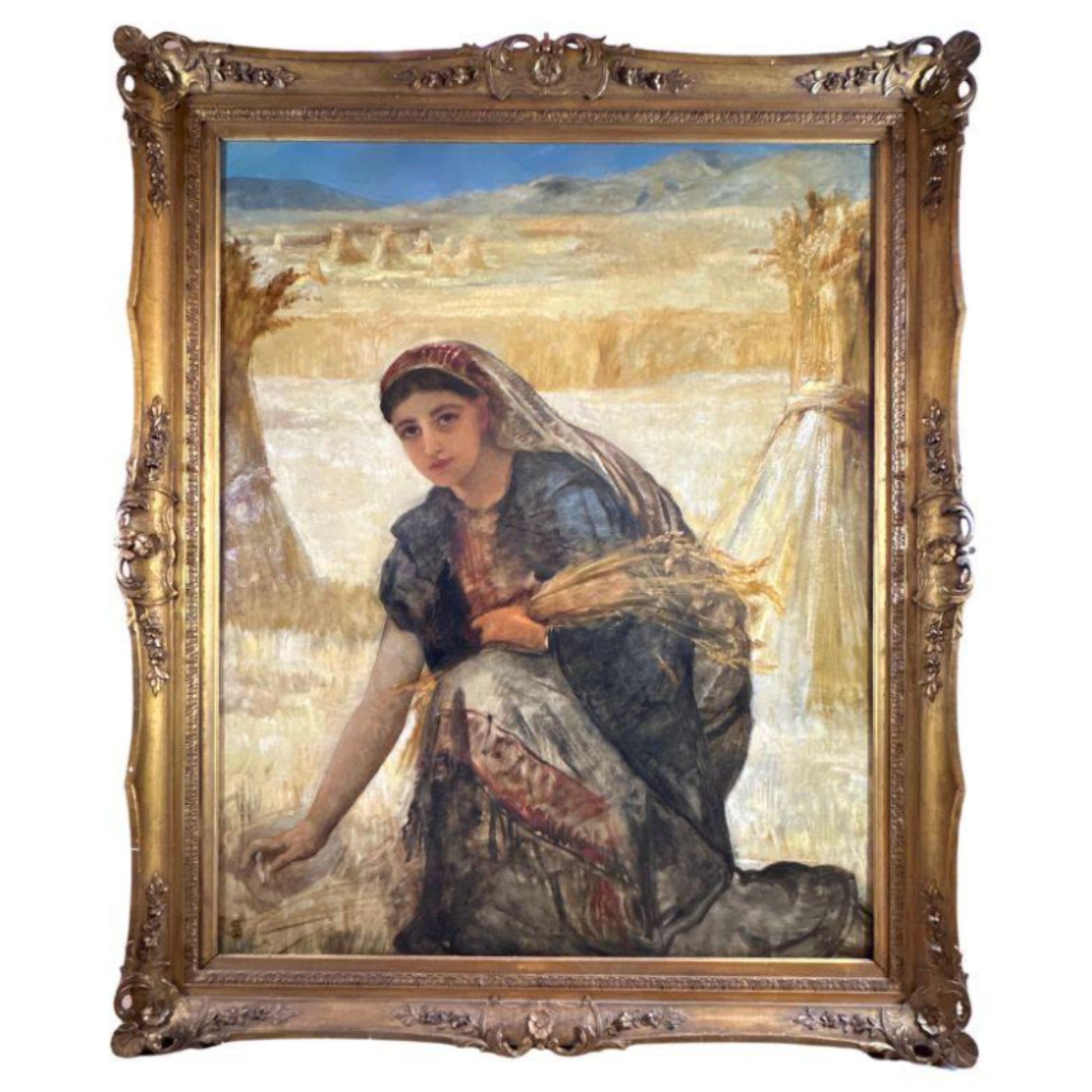Sir Edwin Long
Ruth in the Fields of Pharoah
Ruth in the Fields of Pharoah
The painting portrays Ruth, a Moabite widow, gleaning wheat in the fields, her figure gracefully positioned amidst the golden stalks. The composition is rich in detail, with the Egyptian landscape stretching into the distance, showcasing Long's meticulous attention to historical accuracy. The warm, earthy tones and the interplay of light and shadow evoke a sense of tranquility and reverence, highlighting the dignity of Ruth's labor and her unwavering faith.
- Period : 19th Century
- Medium : Oil on Canvas and Oil
- Dimensions: 50.0" x 40.0"
Couldn't load pickup availability
- Inquire About This Piece
- Inquire By Phone: 904 242 9000
Share with Another Interested Collector
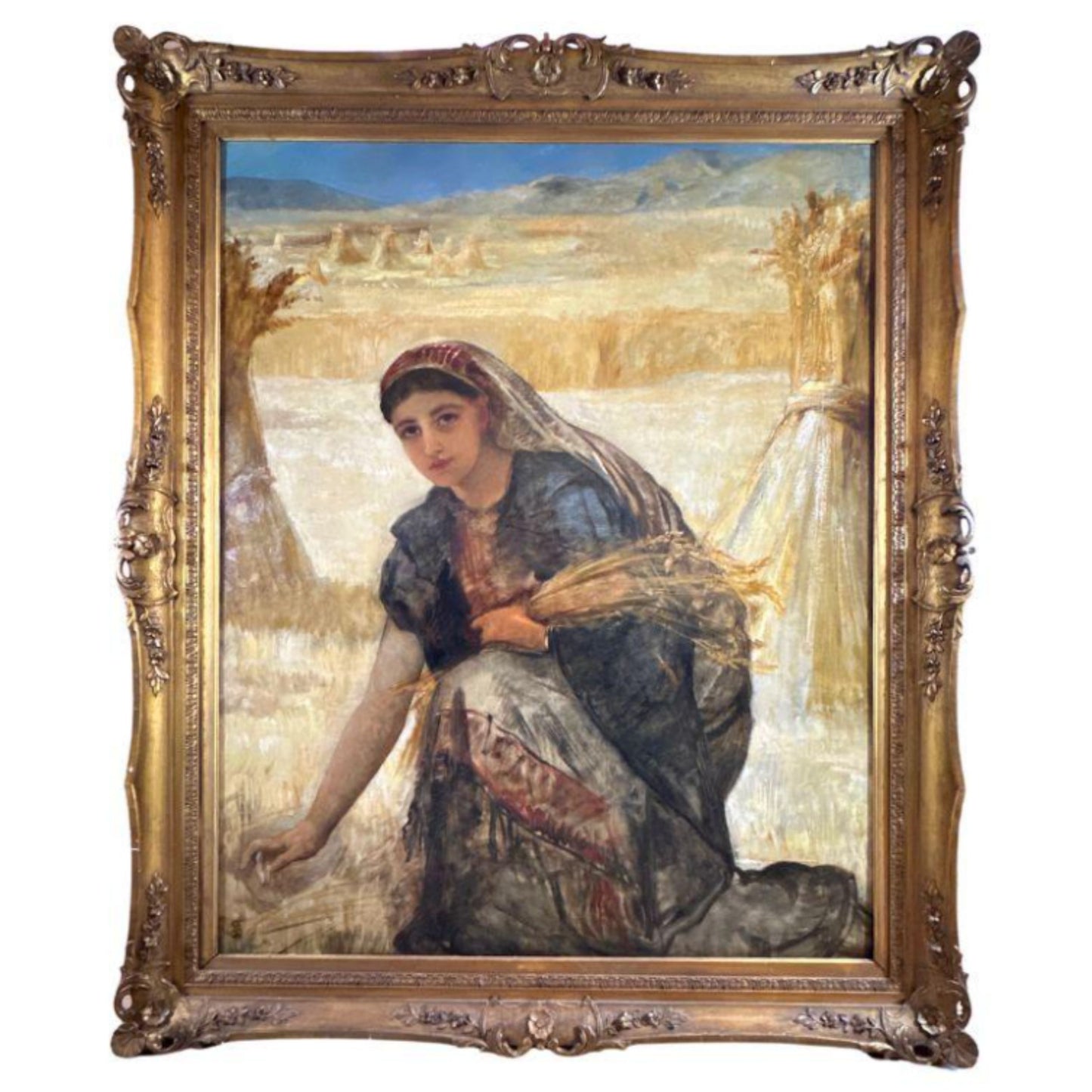
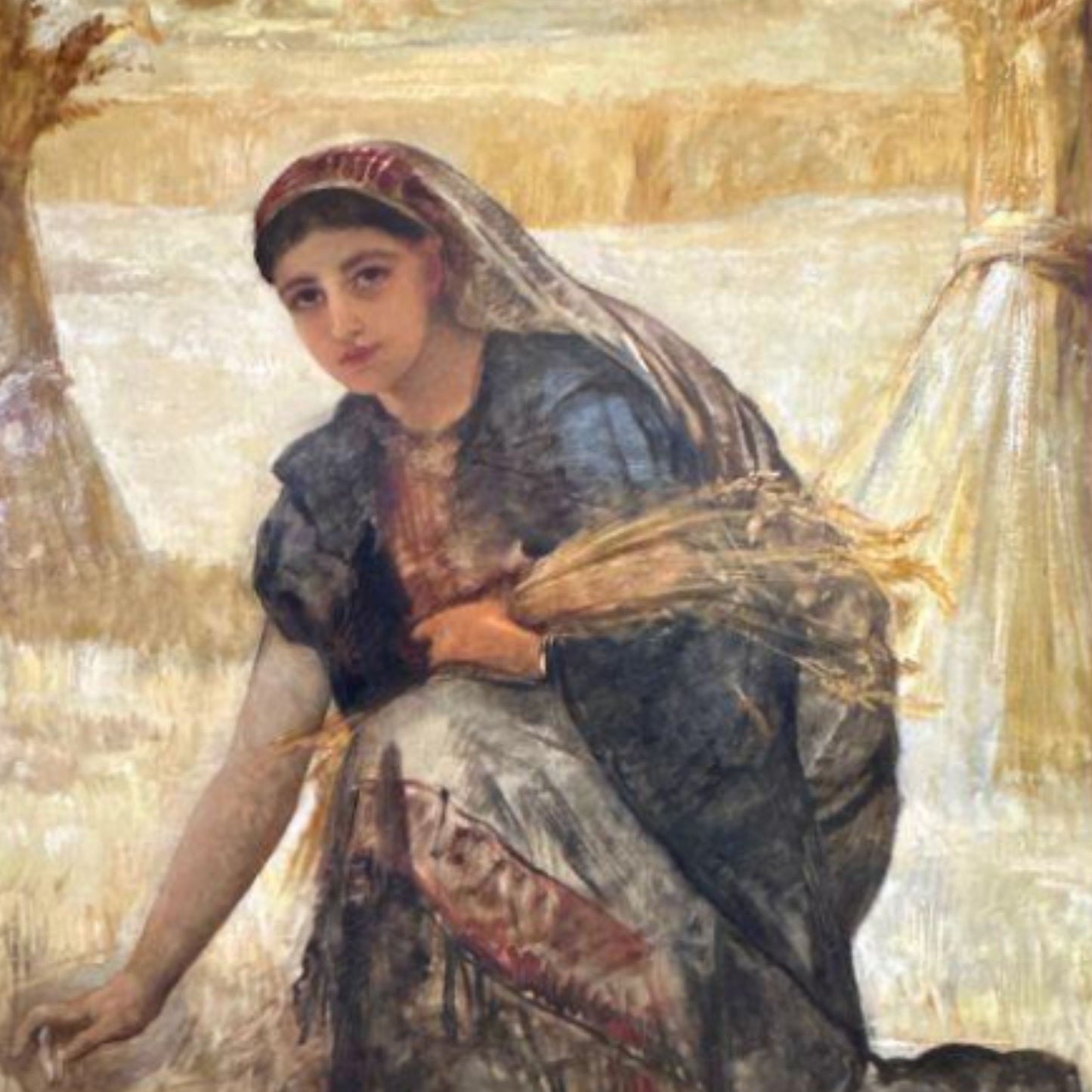

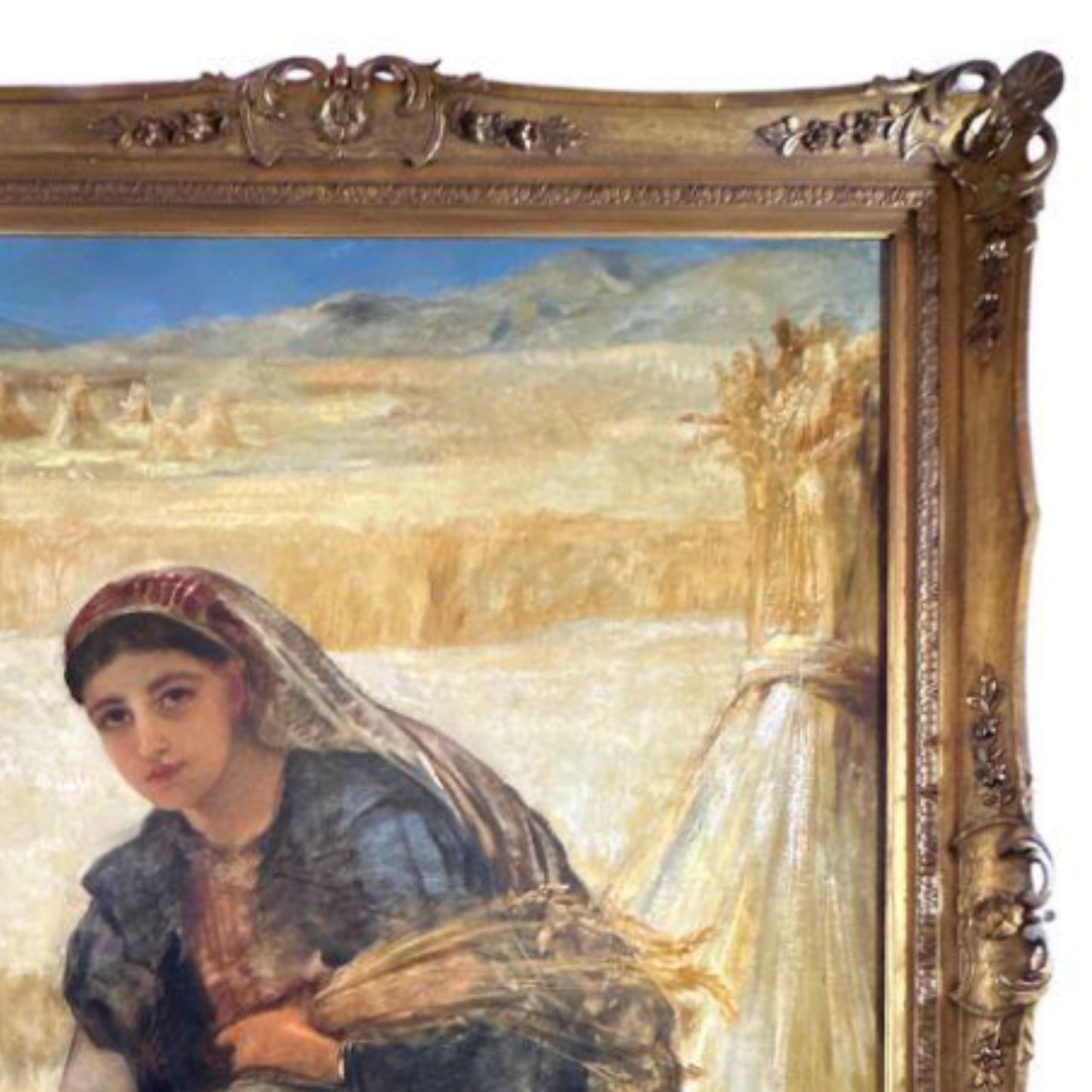
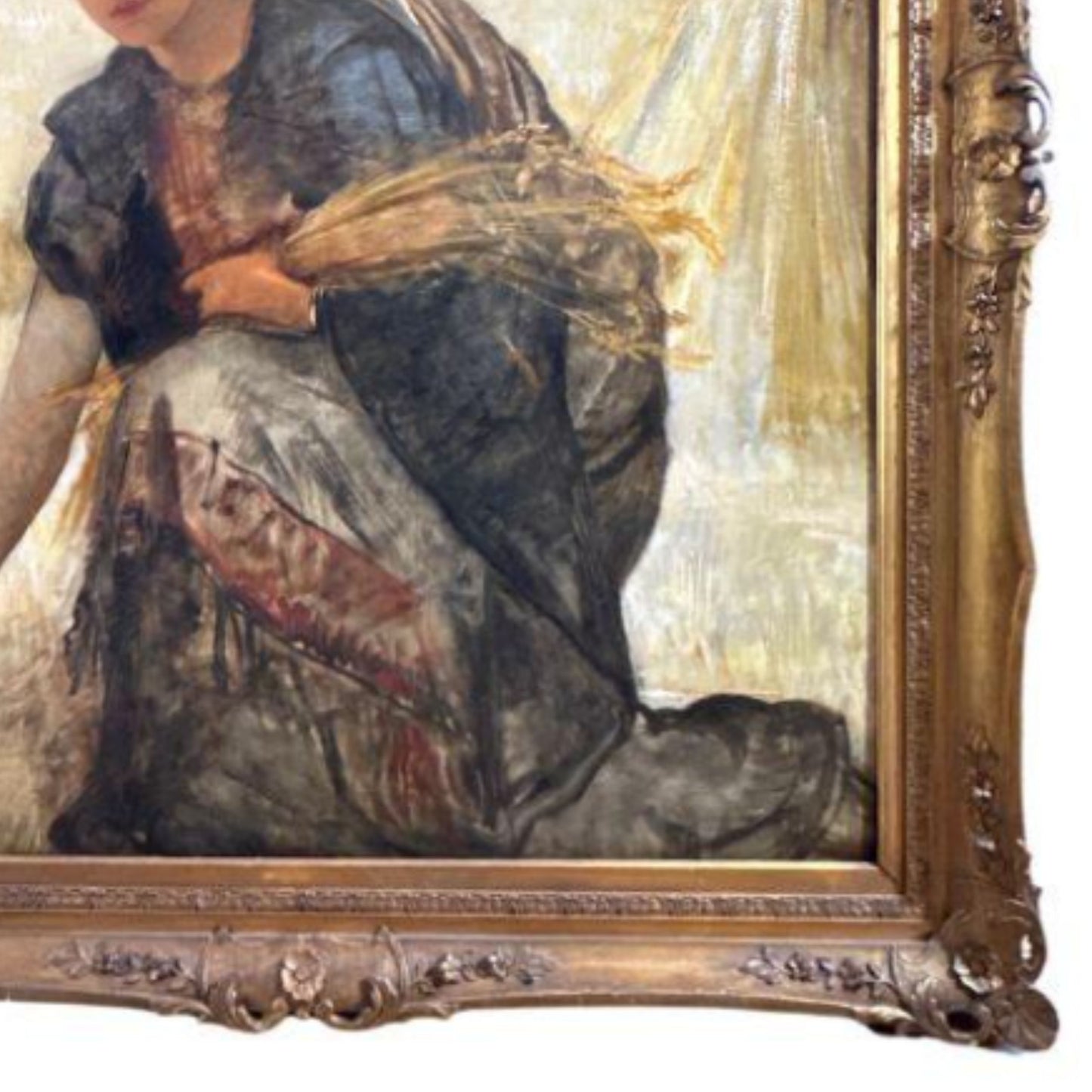
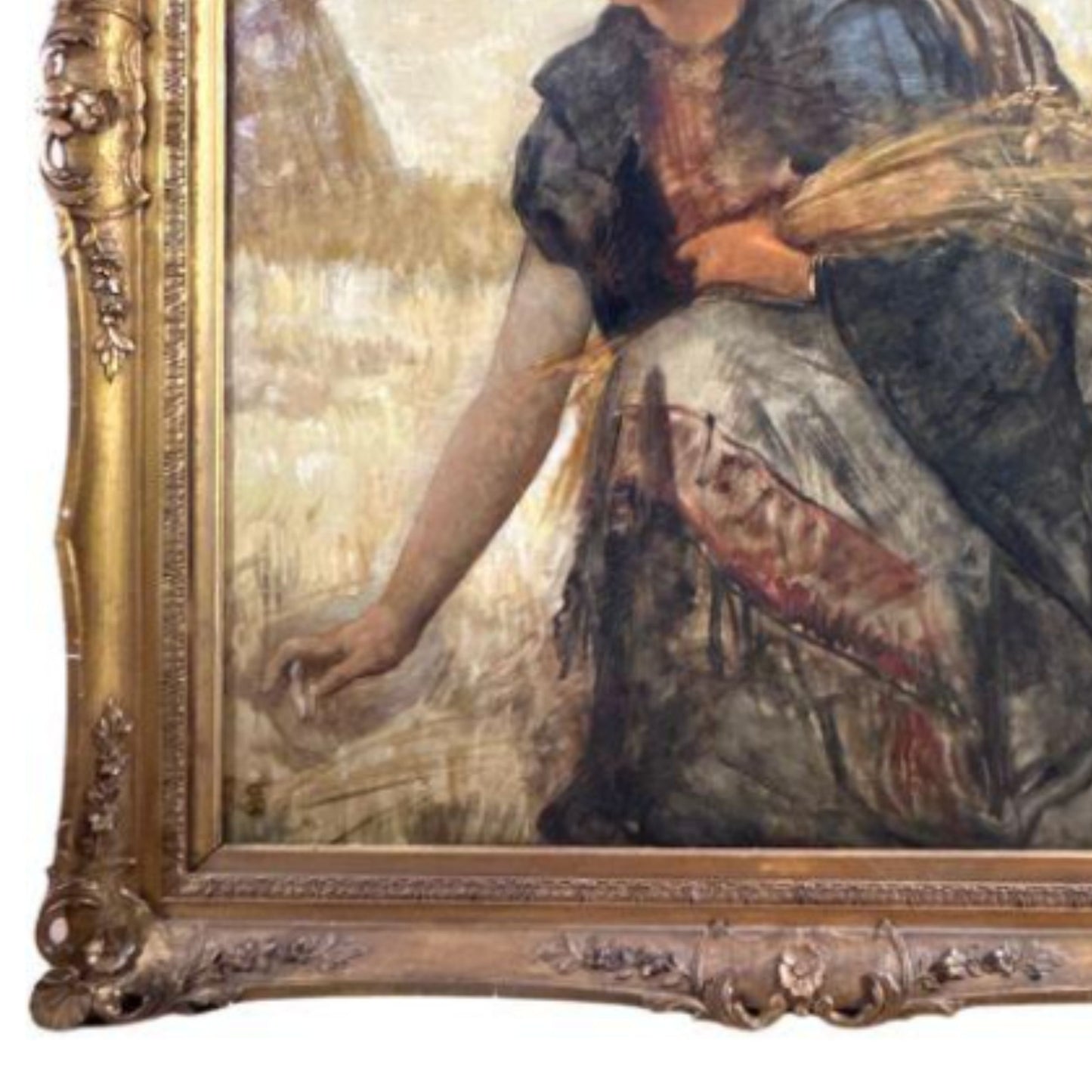

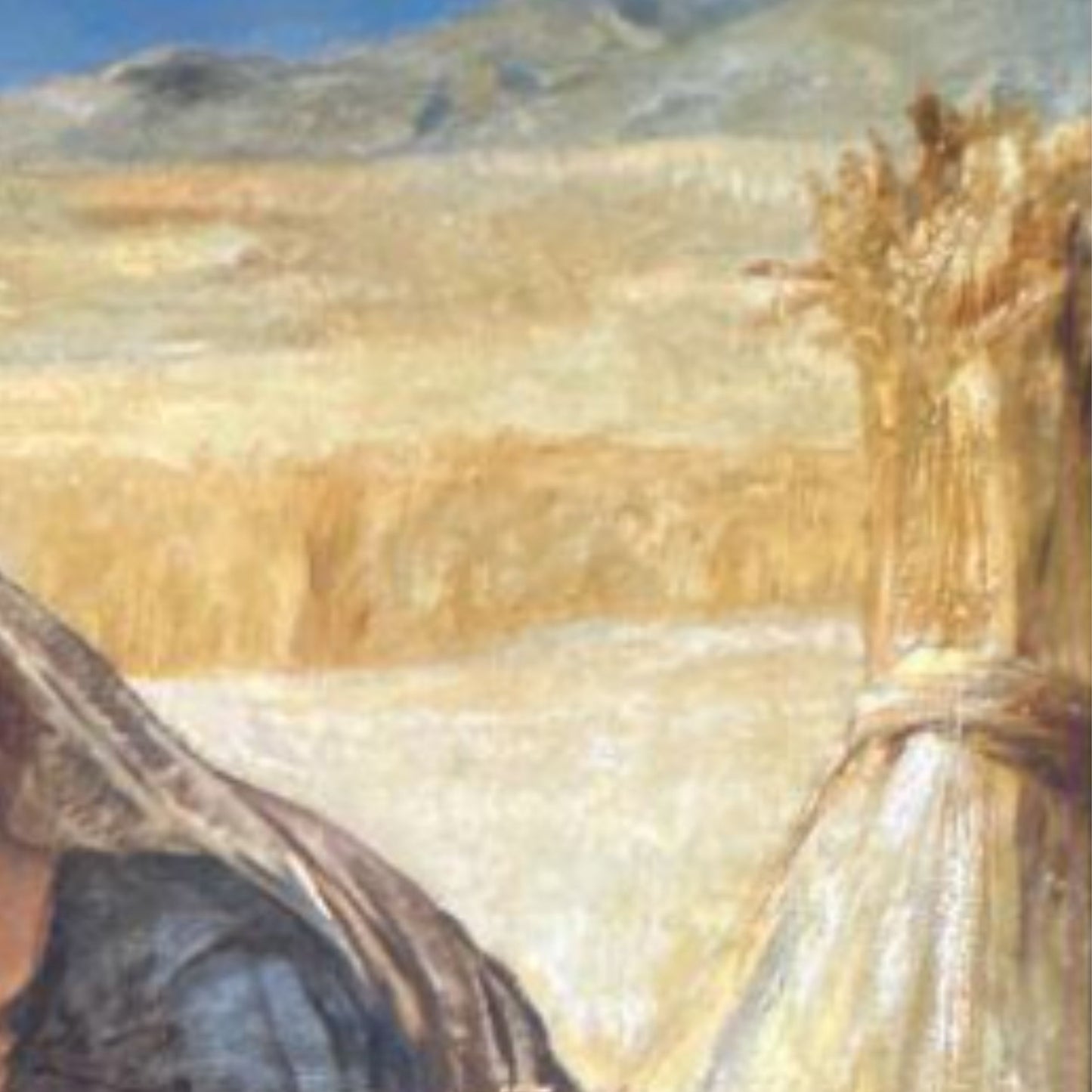
About
Ruth in the Fields of Pharoah
Bathed in the golden light of the ancient world, Ruth in the Fields of Pharaoh is a masterful oil painting by Sir Edwin Long, a distinguished British artist renowned for his historical and Orientalist compositions. This striking work, measuring 50 x 40 inches, captures a pivotal moment from the biblical narrative of Ruth. She is depicted gathering grain with a quiet dignity, her presence framed by the grandeur of ancient Egyptian surroundings. Long’s meticulous brushwork brings forth an unparalleled level of realism, from the intricate folds of Ruth’s garments to the sun-drenched hues of the wheat fields that stretch into the distance.
A leading figure of 19th-century Academic and Orientalist art, Long devoted significant attention to historical accuracy, often incorporating elements from his extensive research into ancient cultures. His depiction of Ruth reflects his fascination with the biblical past, an interest shared by many artists of the Victorian era. With a composition evocative of classical sculpture and an emphasis on dramatic lighting, this work is emblematic of Long’s signature style—one that blends academic precision with the romanticized vision of antiquity.
The biblical story of Ruth is one of devotion and resilience, making it a frequent subject of artistic interpretation. However, Long’s portrayal stands apart for its grandeur and attention to archaeological authenticity. The architectural embellishments in the background, inspired by Egyptian motifs, suggest a historical setting rather than a purely romanticized scene. This piece not only serves as a visual homage to an enduring biblical tale but also as a testament to Long’s mastery of narrative painting.
Housed in a substantial and elegantly carved frame, Ruth in the Fields of Pharaoh is a testament to the lasting appeal of historical and biblical subjects in fine art. This painting embodies the 19th-century fascination with the ancient world and remains a significant addition to any collection dedicated to Academic or Orientalist art.
Specifications
-

-
Title
- Ruth in the Fields of Pharoah
By
- Sir Edwin Long
Size
- 50.0" x 40.0"
Medium
- Oil on Canvas
- Oil
Era
- 19th Century
Style
- Realism
-
Worth and Company make every effort to thoroughly research every item in our collection, however Worth & Company, Inc. makes no representations or warranties, express or implied, regarding the accuracy, authenticity, condition, or value of any items listed. All sales are final, and purchases are made at the buyer’s discretion. Buyers are encouraged to independently verify all information prior to purchase.
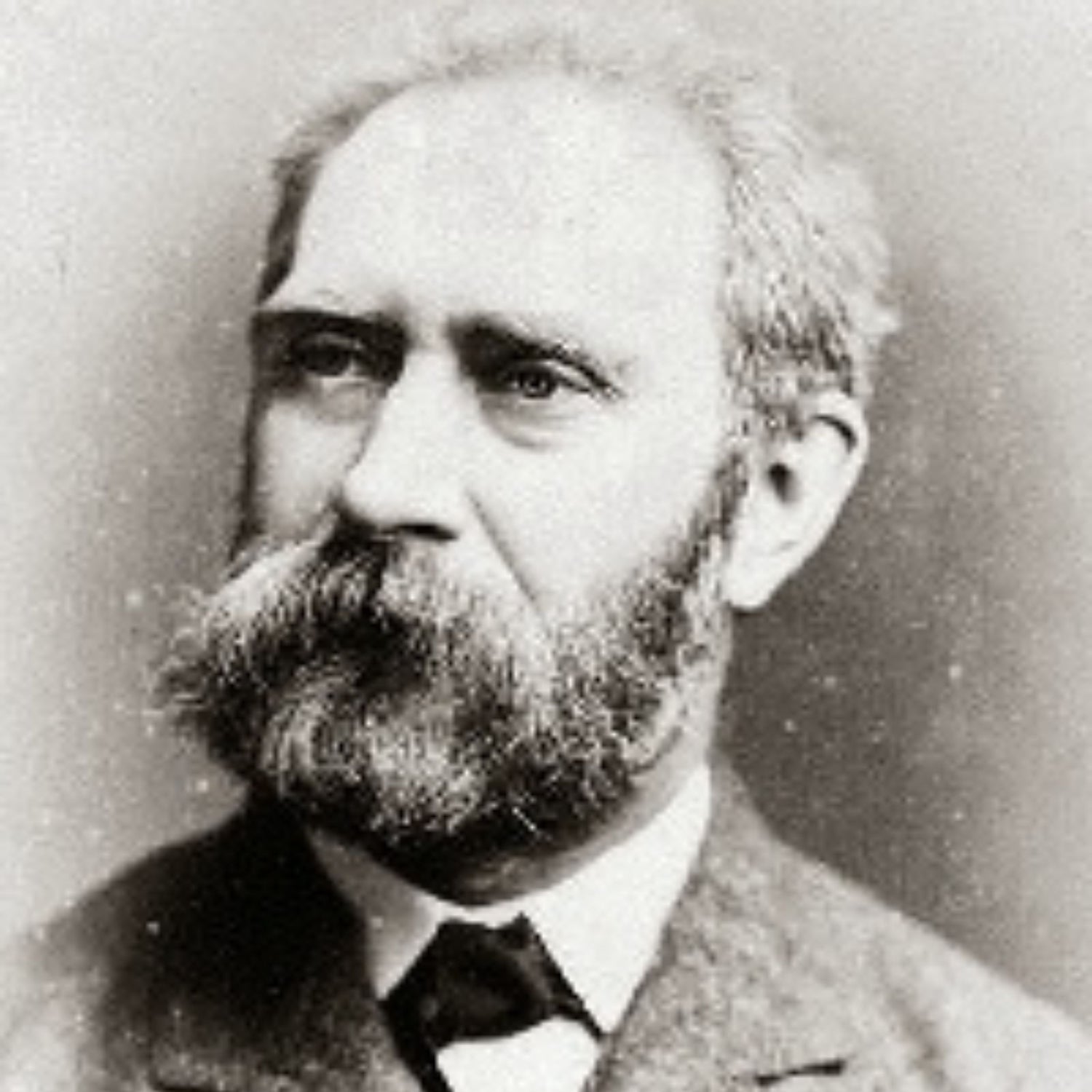
About the Artist
Sir Edwin Long
As a key figure in the Orientalist movement, Long played a significant role in shaping the Western artistic perception of the ancient and Middle Eastern worlds. His works, though idealized, were deeply researched and reflected the Victorian fascination with distant lands and forgotten histories. His large-scale paintings, such as The Babylonian Marriage Market, stand as testaments to his ambition and technical prowess. Long’s legacy endures as a crucial contributor to 19th-century Orientalism, capturing the imagination of audiences with his evocative portrayals of antiquity and cultural splendor.
